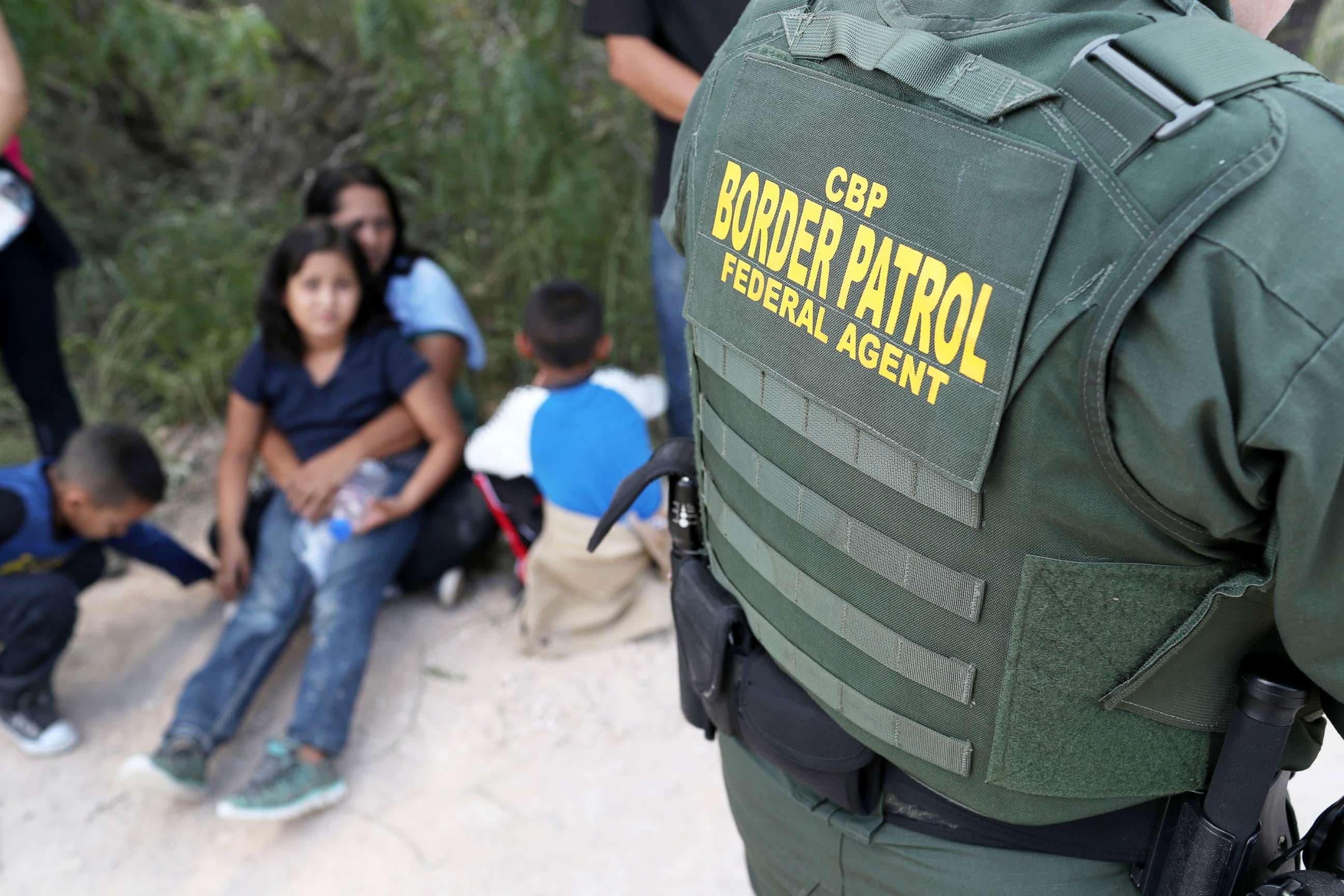Call for 'Benign and Passive Cruelty' in Border Policy Reignites Deterrence Debate

A recent social media post by user "i/o" on August 20, 2025, has ignited discussion by suggesting that "benign and passive cruelty should be a component of our immigration policy toward illegals at the southern border." The author posited that such an approach "signals contempt and therefore may have some psychological deterrent value." This controversial statement comes amidst ongoing national conversations regarding the effectiveness and ethics of U.S. border enforcement strategies.
The concept of using harsh conditions to deter irregular migration is not new to U.S. policy. Since 1994, the "Prevention Through Deterrence" strategy has been a cornerstone, intentionally funneling migrants into dangerous terrains like the Sonoran Desert to discourage crossings. This policy aimed to make unauthorized entry so perilous that individuals would be dissuaded from attempting it.
Despite its intent, human rights organizations like Human Rights Watch report that deterrence policies have led to a significant increase in migrant deaths and disappearances. Thousands have perished due to exposure, lack of resources, and violence after being pushed into remote and hazardous areas. Critics argue these strategies are not only inhumane but also largely ineffective at curbing overall migration, instead pushing migrants into more dangerous routes and enriching smuggling operations.
Recent administrations have continued to grapple with border management, implementing various measures ranging from increased physical barriers and surveillance to stricter asylum processing rules. However, experts and advocates increasingly call for a shift towards comprehensive approaches that address root causes of migration and expand safe, legal pathways. Such alternatives are seen as more effective and humane than reliance on punitive deterrence.
The "i/o" tweet's suggestion of integrating "cruelty" into policy highlights a stark divide in the national discourse on immigration. While some argue for stricter measures to control borders, human rights groups consistently emphasize the U.S. government's responsibility to uphold human rights and dignity, regardless of immigration status. The debate continues over whether any form of "cruelty" can be justified or effective in managing complex human migration flows.